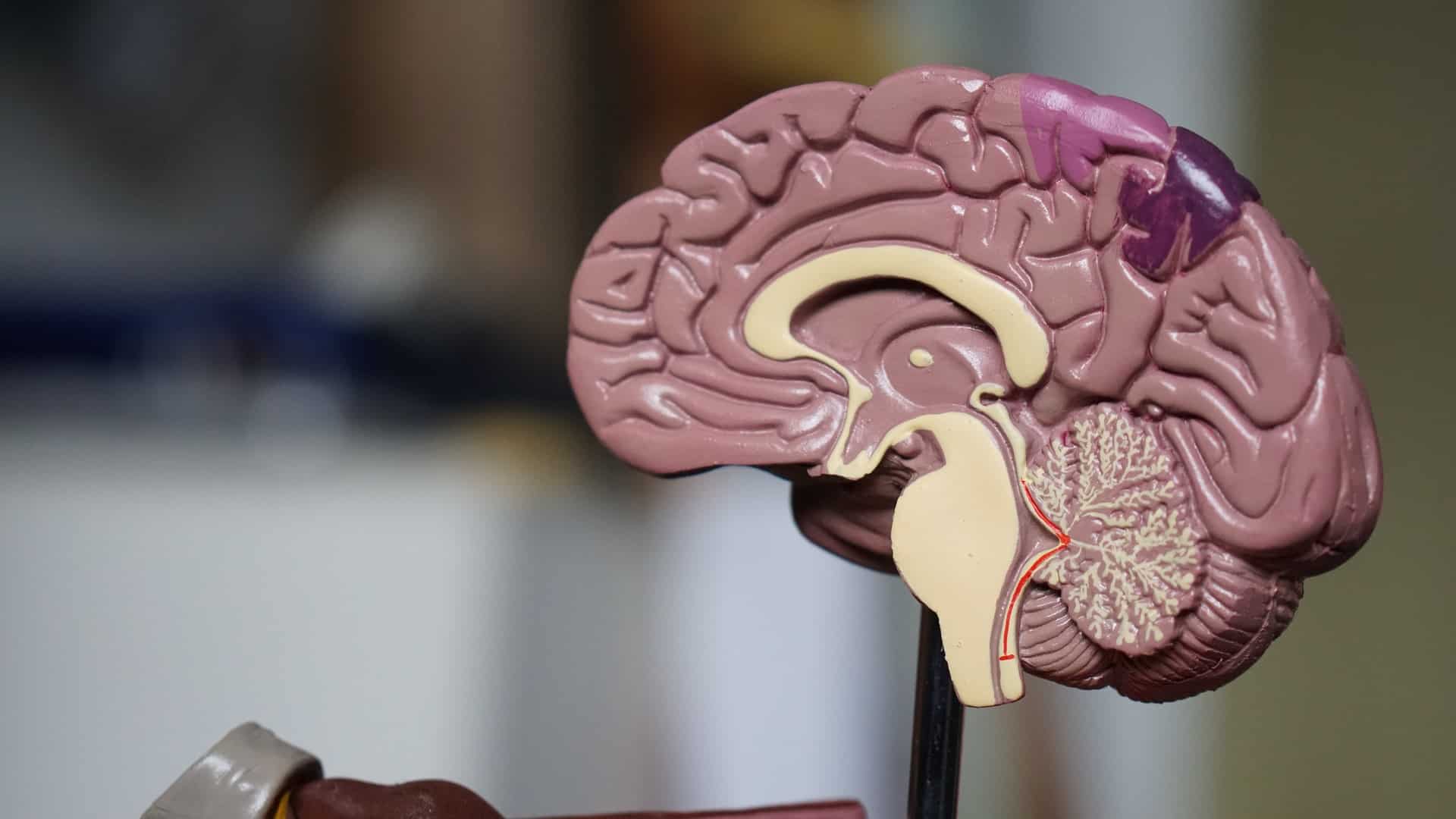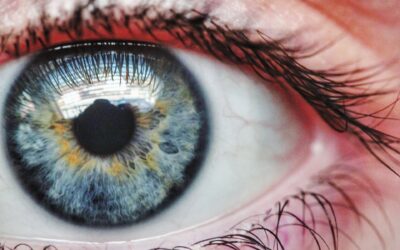Have you ever wondered how your eyes actually see? It is an incredibly complex and intricate process that allows light rays to contact your eyes and transmit signals to the brain in an instant.
Beyond simply getting through all the structures of the eye and being properly focused on the back of the eye, the retina, these signals must then be propagated throughout the entire length of the brain to be processed at the very back of the brain and skull and fed into many other brain areas. Read on to learn more about this process.
Front to Back of Your Eye
Light rays first contact the transparent tear film and cornea at the front of the eye. These structures bend or refract the light for the first time as it enters the eye. It proceeds through the aqueous humour, a watery substance surrounding the colored iris, and is refracted further as it transmits through the natural lens behind the iris.
It carries on through the gel-like vitreous humor near the back of the eye before contacting photoreceptor cells near the most outer layer of the retina at the back of the eye.
These photoreceptor cells finally change these light signals into electrochemical signals that are then transmitted forward through the retina along various cell types.
At the front edge of the retina, ganglion cells transmit the signals along their nerve lengths which run from the eyes back into the middle of the brain. These are cells with very long nerves attached to them, similar to cells in the spinal cord with long lengths to transmit signals throughout the body.
In the eye, the visual signals travel along the ganglion cells as they join together in the optic nerve as they exit the eye.
From Your Eye to Your Brain
The optic nerve from each eye runs backwards from the eye and joins together with the other optic nerve near the front of the brain. At this point, some fibers cross over from each nerve to the other, meaning that some visual information from each eye is actually processed on the complete other side of the brain.
All of these nerves run further back and come to the thalamus, a sensory relay station for the entire brain. They connect with new cells that begin processing of the visual information being received, and these cells in turn pass the signal further back.
Nerve fibers then run primarily through other parts of the brain until they reach the primary visual cortex near the extreme backwards edge of the brain and skull. At this point, information from each eye is processed together for the first time.
How the Brain Processes What the Eye Sees
Depending on the type of visual information reaching the primary visual cortex, it is then sent to different areas of the brain for final processing. For example, highly detailed or color oriented information is sent to the temporal lobe of the brain for form information processing.
Spatial or motion oriented information might be sent to the parietal lobe. There is also feedback to previous points in the visual pathway like the thalamus to determine how further visual information is filtered and stored.
All of this occurs in an instant to provide us with incredible amounts of visual information about our world, and it is a process that is still under study.
Our eye doctors at Eye Theory in Houston, TX excel in the prescription of contact lenses, glasses and various eye diseases. Call our optometrist at 832.831.7386 or schedule an appointment online if you would like to learn more about how your eyes see and work to provide information to your brain. Our eye doctor, Dr. Jonathan Tsao, provides the highest quality optometry services and eye exams in the Midtown, Downtown, Museum District, and Southside Commons (Southside Place) vicinities of Houston, Texas.





